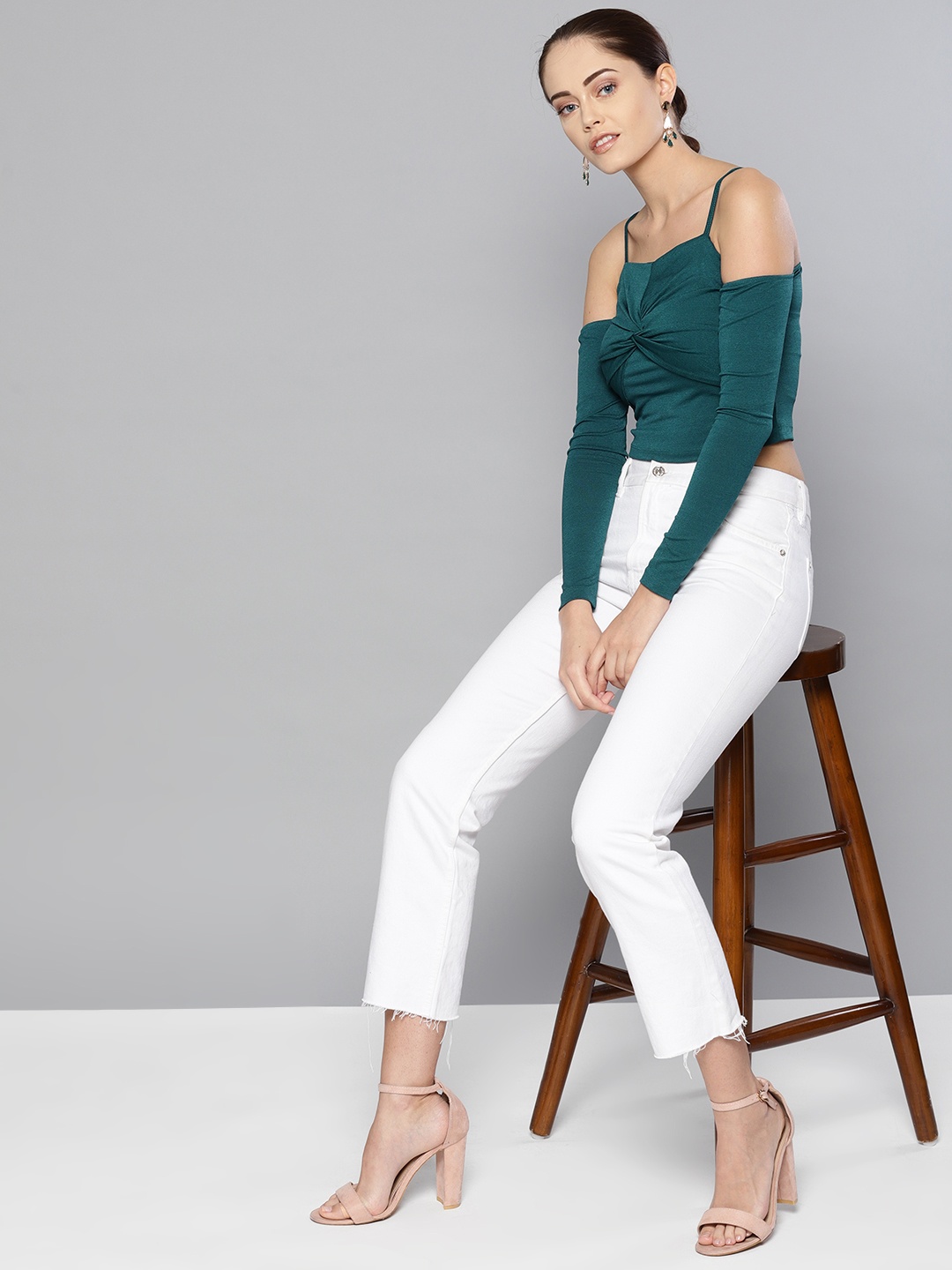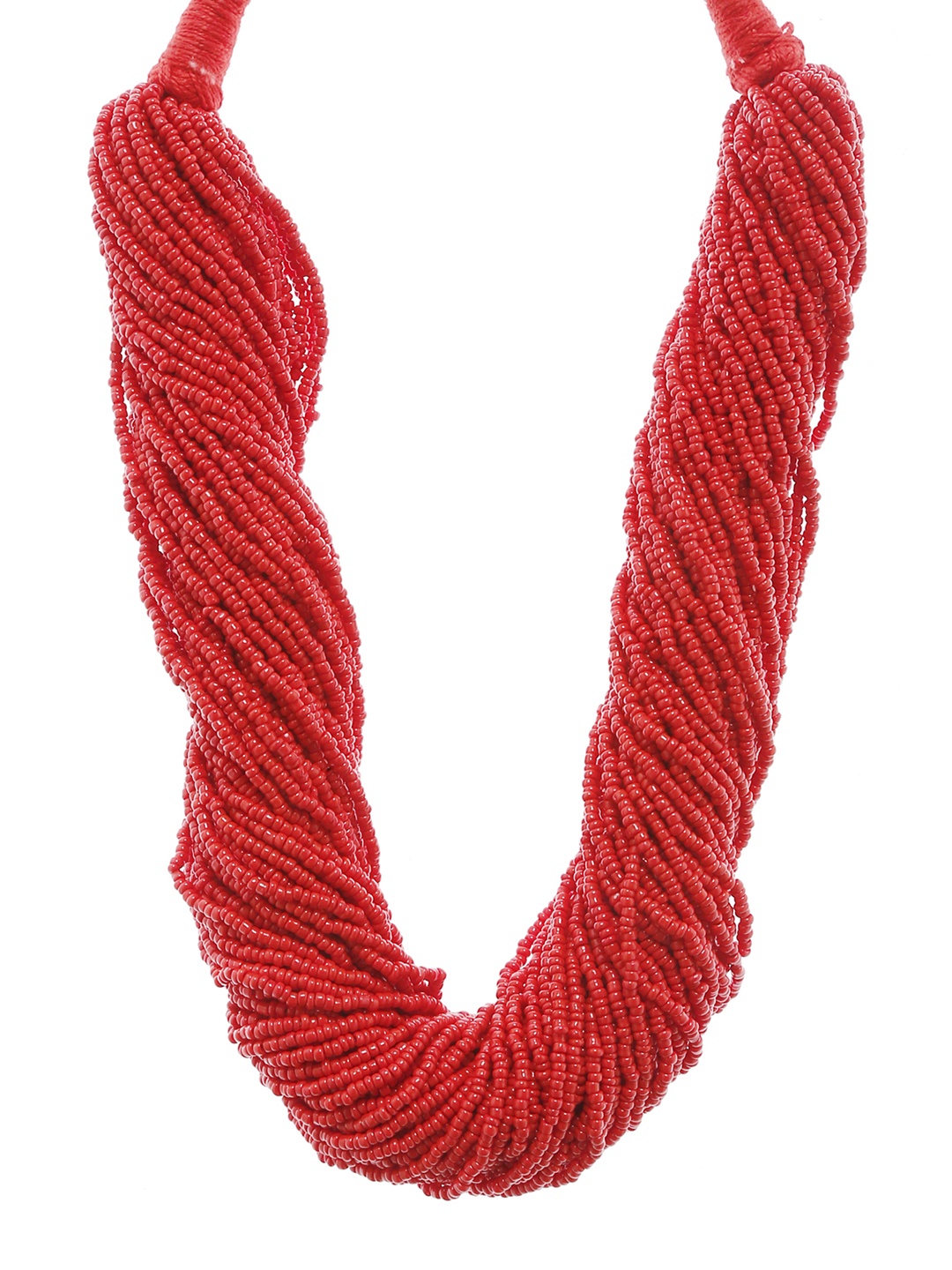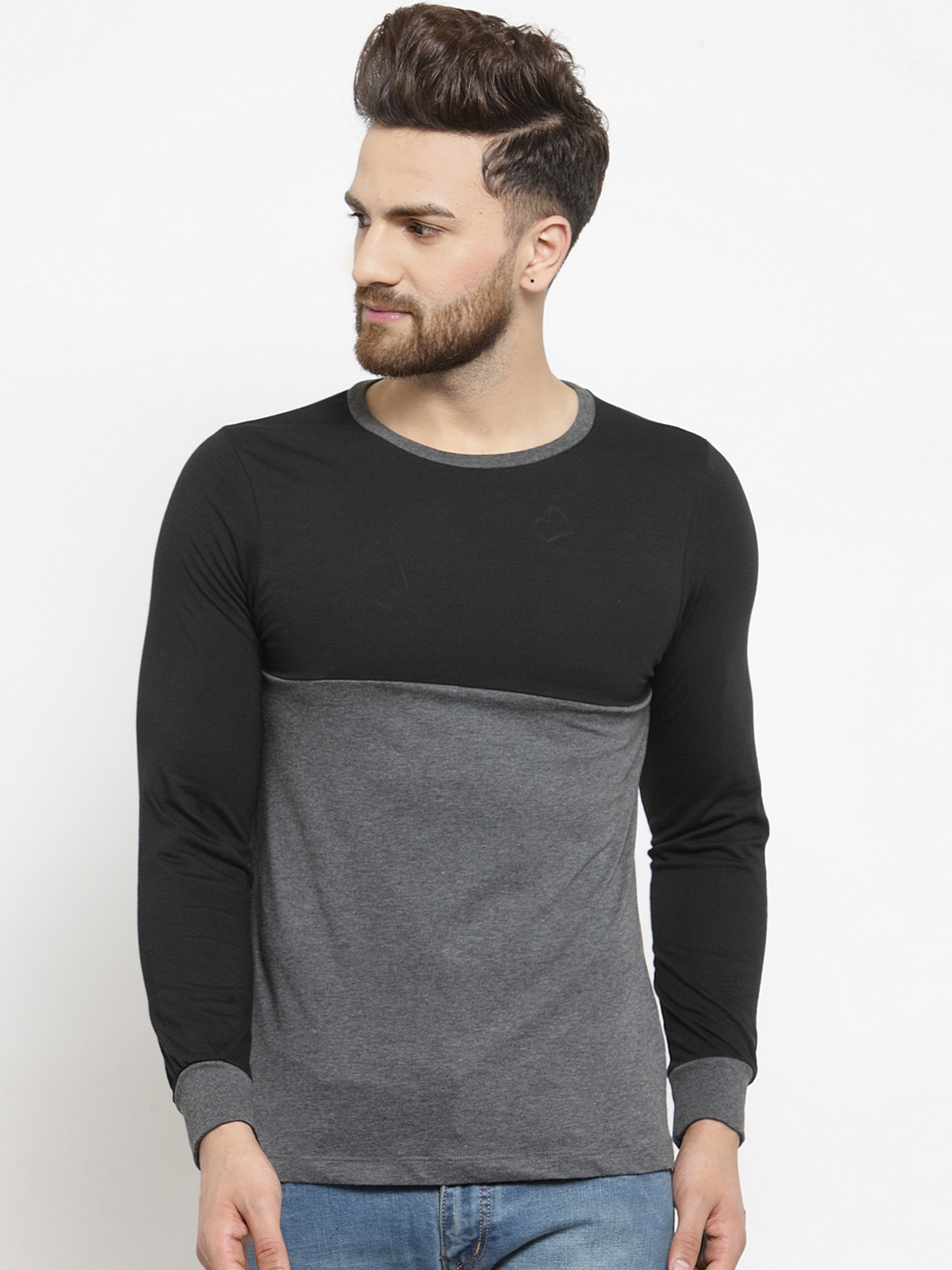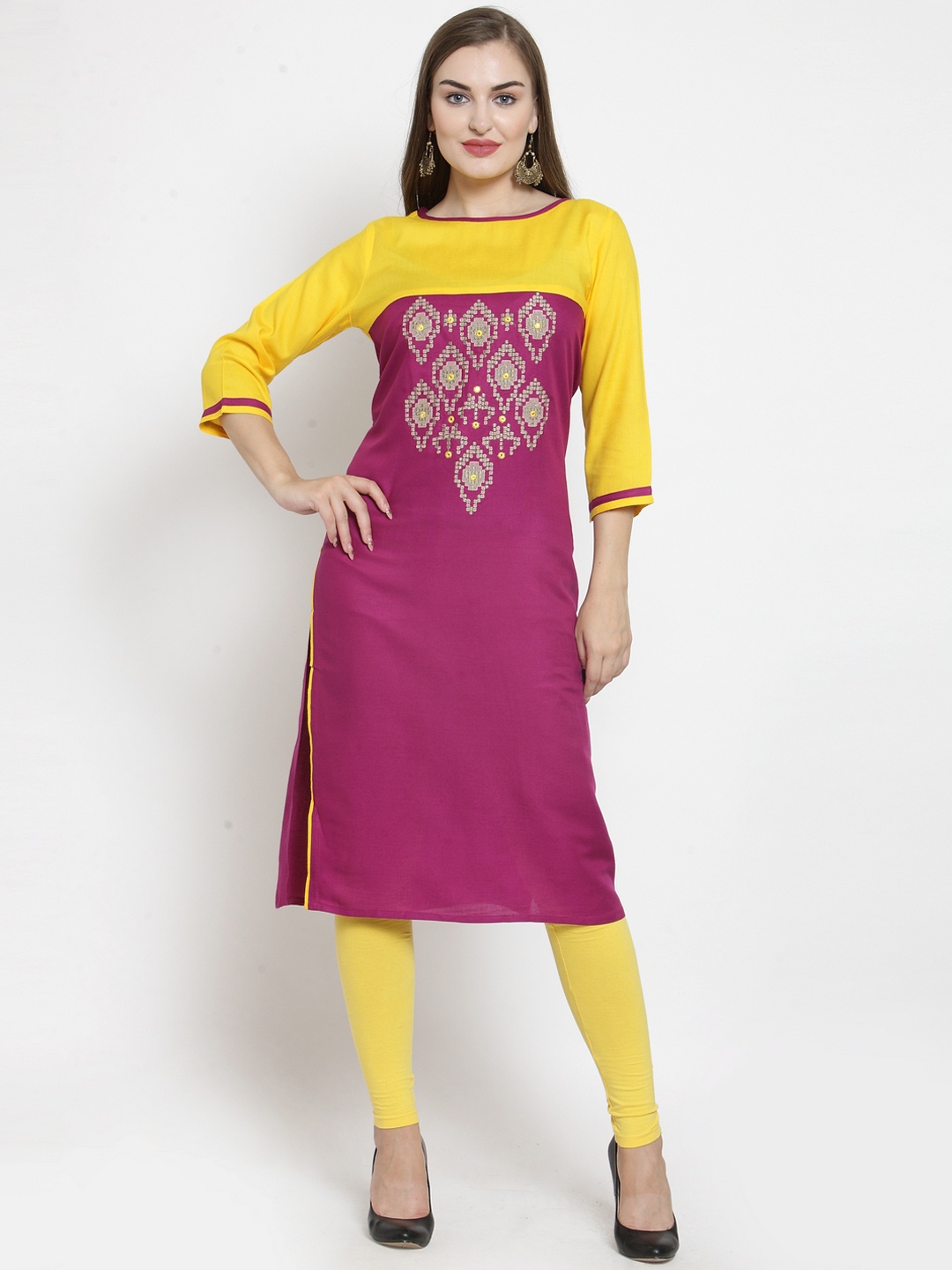Buying A Budget Bag? Know The Difference Between Faux Leather And PU First
Bags are not just about carrying essentials, they are about style, durability and value for money. If you are buying a budget bag, know how to distinguish between faux leather and PU before you make your final choice.
Before Buying A Budget Bag, Know The Key Difference Between Faux Leather And PU.
Walk into any bustling market, scroll through an online store, or wander through a mall, and you'll notice something curious. Almost every budget-friendly bag, whether it's a chic sling, a sturdy backpack, or that tote you're eyeing for work, comes with labels like faux leather or PU. Both sound fancy, and to the untrained eye, they look almost identical to genuine leather. But here's the catch: the difference matters. Not just for the way the bag looks today, but for how it'll hold up after a monsoon commute, a dusty bus ride, or months of being stuffed with lunch boxes and laptops.
Buying a budget bag is a bit like picking street food, options are endless, looks can be deceiving, and the wrong choice can leave you regretting it sooner than expected. Before you put your money down for your next budget bag, let's dive into what faux leather and PU leather mean, and how to decide which one deserves a place on your shoulder.

Spot The Difference Between Faux Leather And PU For Your Next Budget Bag; Photo Credit: Pexels
1. What Exactly Is Faux Leather?
The word faux means fake, but not always in a negative sense. Faux leather is a synthetic material made to imitate the look and feel of real leather, without involving animal hides. It's usually made from a fabric base, like polyester, coated with PVC (polyvinyl chloride) or PU (polyurethane). The result? A material that looks glossy, polished, and remarkably similar to genuine leather.
The main advantage of faux leather lies in its affordability. A handbag made of faux leather may cost anywhere between ₹700 and ₹1500, while a genuine leather bag would easily set you back by ₹5000 or more. That's a huge difference, especially when trends change so quickly and no one wants to commit to one style forever.
But faux leather does come with limitations. It doesn't breathe like real leather, which means it can crack or peel over time, especially in hot, humid climates. Still, for those who want the luxe look without the steep price tag, faux leather feels like a smart compromise.
2. Decoding PU Leather
PU leather, often listed on labels as polyurethane leather, is a specific type of faux leather. Unlike PVC-based faux leather, PU is softer, more flexible, and closer in texture to real leather. It's made by coating a fabric base with a layer of polyurethane, which gives it that glossy, leather-like finish.
What makes PU leather stand out is its balance between appearance and practicality. It's lighter than real leather, often easier to clean, and doesn't smell as strong as PVC-based alternatives. For bags that need to be carried daily, think work totes or laptop bags, PU is often the material of choice because it feels more natural to touch and slightly more durable.
However, PU leather is not indestructible. Over time, especially if exposed to too much heat or moisture, it tends to crack or peel. Unlike genuine leather, which ages gracefully, PU ages rather dramatically. That said, if the budget is tight and style is a priority, PU leather makes an appealing middle ground.
Also Read: Grab Footwear and Handbags From Brands like Bacca Bucci, Theater And More
3. The Price Difference, And Why It Matters
When shopping for a bag, the price tag often makes the final decision. Faux leather and PU leather both offer cost savings, but there's a subtle distinction. Faux leather (especially PVC-based) is the cheapest option, making it ideal for fashion bags you might only use occasionally. PU leather, while still affordable, usually costs a little more, say ₹1200 to ₹2500 for a handbag, because it looks sleeker and feels closer to real leather.
For students, young professionals, or anyone balancing style and budget, the extra ₹500 or so for PU can make a difference. It often means a bag that looks trendier and lasts a bit longer. But here's the golden rule: don't confuse price with permanence. Even the best PU leather bag will not last as long as real leather. So, the key is to match your expectations to your budget.
Think of it like buying roadside chaat versus dining at a fancy restaurant. Both have their place. The trick is knowing when to splurge and when to save.
4. Durability: How Long Do They Really Last?
Durability is where the real test lies. Faux leather, particularly PVC-based, tends to be stiffer and less flexible, which can cause it to crack or peel after a year or two of regular use. PU leather fares slightly better; its softer, more pliable structure makes it more resistant to wear and tear, though it, too, eventually shows signs of ageing.
Picture this: you buy a faux leather sling bag for ₹1000, use it daily on your commute, stuff it with your water bottle, wallet, and keys. Within a year, you might notice the edges fraying or the surface peeling. A PU bag in the same situation might last closer to two years before showing similar damage.
Of course, care plays a role. Keeping your bag away from direct sunlight, wiping it with a soft cloth, and storing it properly when not in use can extend its lifespan. But let's be honest, most of us aren't that careful. Bags are workhorses, not showpieces. So when durability is non-negotiable, PU usually wins by a slim margin.
5. Comfort And Carrying Experience
It's not just about how a bag looks, it's also about how it feels when carried. Faux leather, especially PVC-based, can feel slightly plasticky and stiff. On a hot day, that stiffness can make the bag uncomfortable against your skin. PU leather, being more flexible and lightweight, tends to feel more natural.
Imagine carrying a faux leather backpack on a crowded metro ride during summer. The stiffness makes the straps dig into your shoulders, and the bag feels heavier than it should. Now compare that with a PU leather backpack, it's lighter, softer, and slightly easier on the shoulders. For people who carry bags for long hours, college students, office-goers, or frequent travellers, the comfort factor really matters.
So if you're choosing between faux leather and PU, think not just of how the bag looks in the store, but how it'll feel after a long, sweaty day of running errands or commuting. That's where PU tends to quietly outshine its cousin.
6. Maintenance And Care
Caring for faux leather and PU bags isn't rocket science, but it does need some attention. Faux leather bags often require a gentle wipe with a damp cloth, but PVC-based ones can be a bit more stubborn with stains. PU leather, thanks to its smoother surface, is generally easier to clean. A quick swipe with a damp cloth usually does the trick, and for tougher stains, a mild soap solution works.
However, neither material appreciates being soaked. Leaving your bag out in the rain or scrubbing it with too much water is a surefire way to shorten its lifespan. Another common mistake is storing these bags in airtight plastic covers. Unlike real leather, they don't breathe, so trapped moisture can lead to mould or a sticky surface.
The best way? Store them in cloth dust bags, wipe them down occasionally, and avoid overstuffing. A little care goes a long way in keeping that budget buy looking fresh and stylish.
7. Style Versatility
Budget bags often need to work overtime, they must look stylish at college, blend in at the office, and still pass the test at a dinner outing. Both faux leather and PU leather do a decent job in the style department. Faux leather comes in a wide range of colours, textures, and finishes, sometimes even in quirky patterns and glossy finishes that stand out.
PU leather, on the other hand, tends to win in the 'classy look' department. Its softer finish mimics real leather more convincingly, making it suitable for professional environments or formal occasions. A PU leather tote, for instance, can look elegant enough for office meetings while costing a fraction of a genuine leather bag.
So, if you're looking for something trendy and fun, faux leather might be your pick. But if subtle sophistication is the goal, PU leather takes the crown. Either way, you don't have to compromise on style just because the budget is tight.

Spot The Difference Between Faux Leather And PU For Your Next Budget Bag; Photo Credit: Pexels
8. Environmental And Ethical Considerations
One reason many shoppers turn to faux or PU leather is the ethical angle. Since neither involves animal hides, they're considered cruelty-free alternatives. That's an attractive option for anyone who wants the look of leather without the guilt.
However, the environmental story is more complicated. Both faux and PU leather are made from plastics like PVC and polyurethane, which aren't biodegradable. In fact, PVC in particular has a reputation for being environmentally harmful due to the chemicals used in production. PU leather is slightly less damaging, but it's still not entirely eco-friendly.
So if you're making a choice purely for sustainability, neither option is perfect. But when weighed against the high environmental cost of tanning real leather, synthetic alternatives do offer some relief. Ultimately, the best practice might be to buy fewer bags, care for them well, and make them last as long as possible.
9. The 'Lookalike' Factor, Spotting The Difference
Here's where things get tricky: to an untrained eye, faux leather, PU leather, and genuine leather can look almost identical. But there are small giveaways. Faux leather usually has a more uniform texture, almost too perfect compared to the natural variations in real leather. PU leather, being softer, often feels smoother to touch and has a more natural drape.
A simple trick is to check the back side of the material. PU leather often has a fabric-like backing, while PVC faux leather can feel more plastic-like. The smell is another giveaway; real leather has a distinct, earthy scent, while faux and PU tend to smell more synthetic.
When shopping, don't just rely on the sales pitch. Touch the bag, feel the texture, and look closely at the finish. That extra minute of scrutiny can save you from overpaying for a bag that isn't quite what it claims to be.
10. Which One Should You Choose?
So, faux leather or PU? The answer depends on your needs. If budget is the only concern and you're looking for a trendy bag to use occasionally, faux leather works just fine. It's affordable, stylish, and available in endless designs.
But if you want something that feels better to carry, lasts a bit longer, and looks more polished, PU leather is usually worth the extra ₹500–₹1000. It won't last forever, but it strikes a good balance between affordability and style.
At the end of the day, buying a bag isn't just about material, it's about how it fits into your life. Think about where you'll carry it, how often, and what you'll stuff inside. A little thought before purchase can save you the frustration of a bag that gives up too soon.
Products Related To This Article
1. Dressberry Women Tan Hobo
2. DECORZ Women Brown Shoulder Bag
3. Ross Brown Women Brown Shoulder Bag
4. KLEIO Women Blue Shoulder Bag
5. aesthetic Women White Shoulder Bag
6. Paradise Fashion Women White Shoulder Bag
7. FD FASHION Women Brown Shoulder Bag
8. Leather Land Women Grey, Tan Shoulder Bag - Regular Size
Buying a budget bag doesn't have to feel like a gamble. Knowing the difference between faux leather and PU gives you the power to choose wisely, based on your budget, style, and lifestyle. Faux leather wins on affordability and variety, while PU scores higher on comfort, finish, and durability. Neither is perfect, but both serve their purpose when chosen thoughtfully.
So the next time you're at a local market bargaining with a shopkeeper or scrolling through endless online options, remember, labels matter. That 'PU' tag might just be the small difference that makes your ₹1500 feel like money well spent. Shop now on Flipkart.













